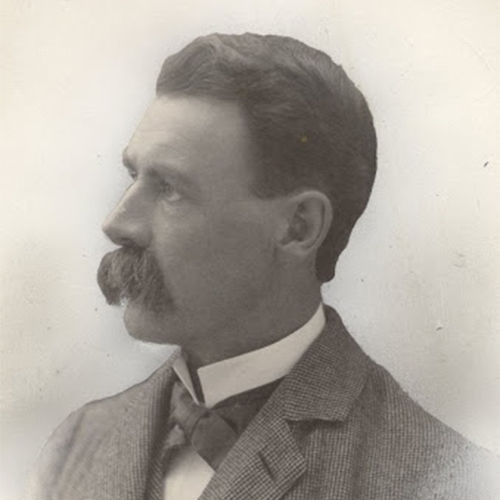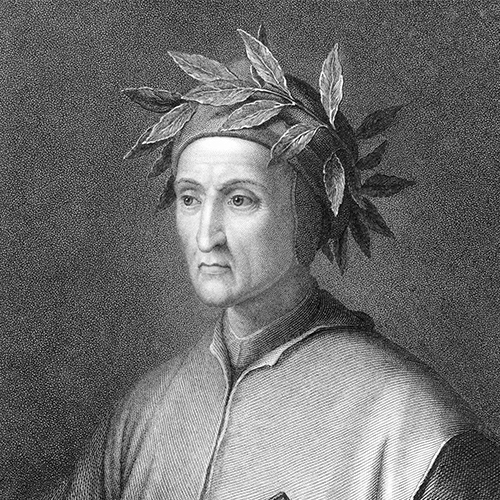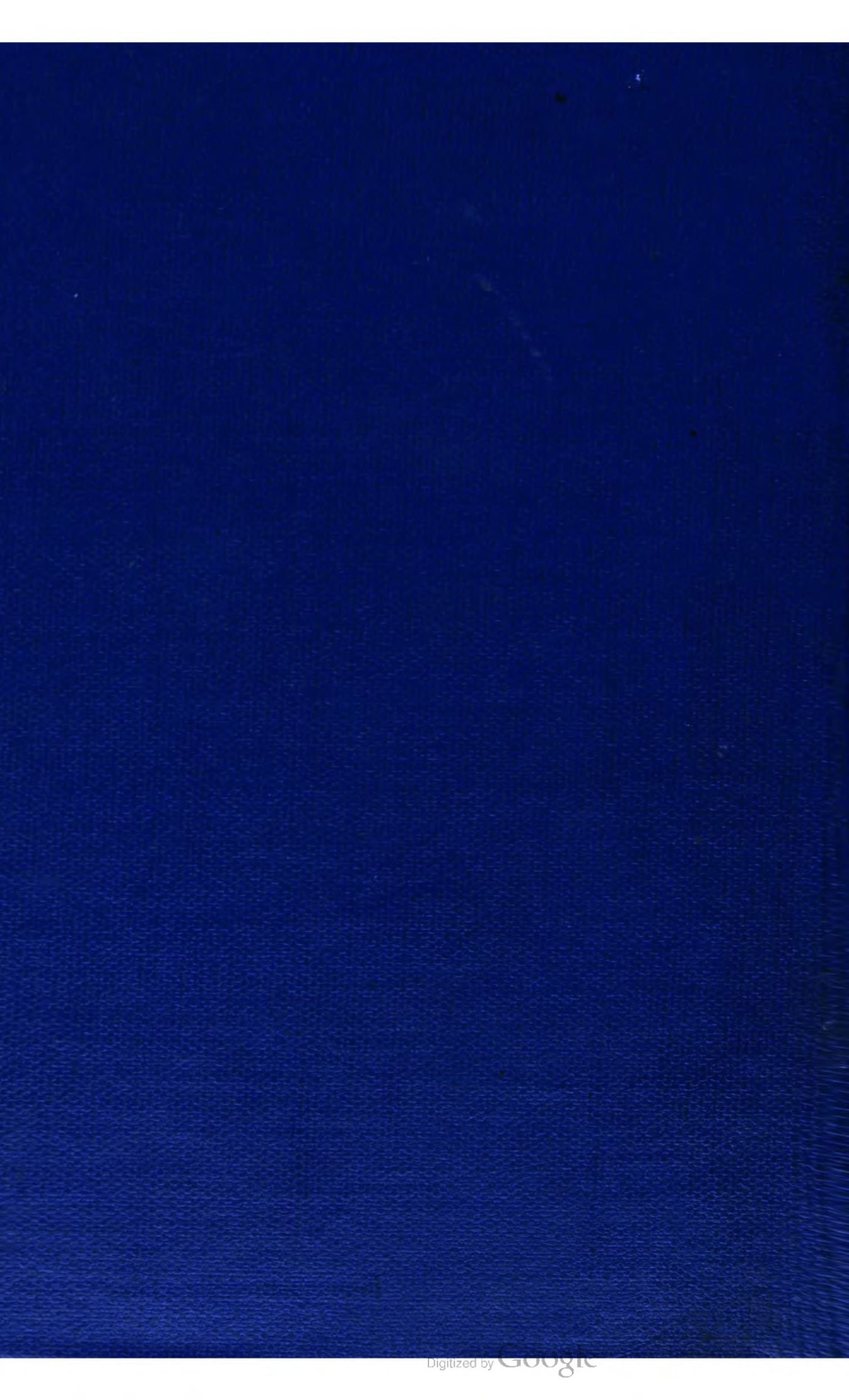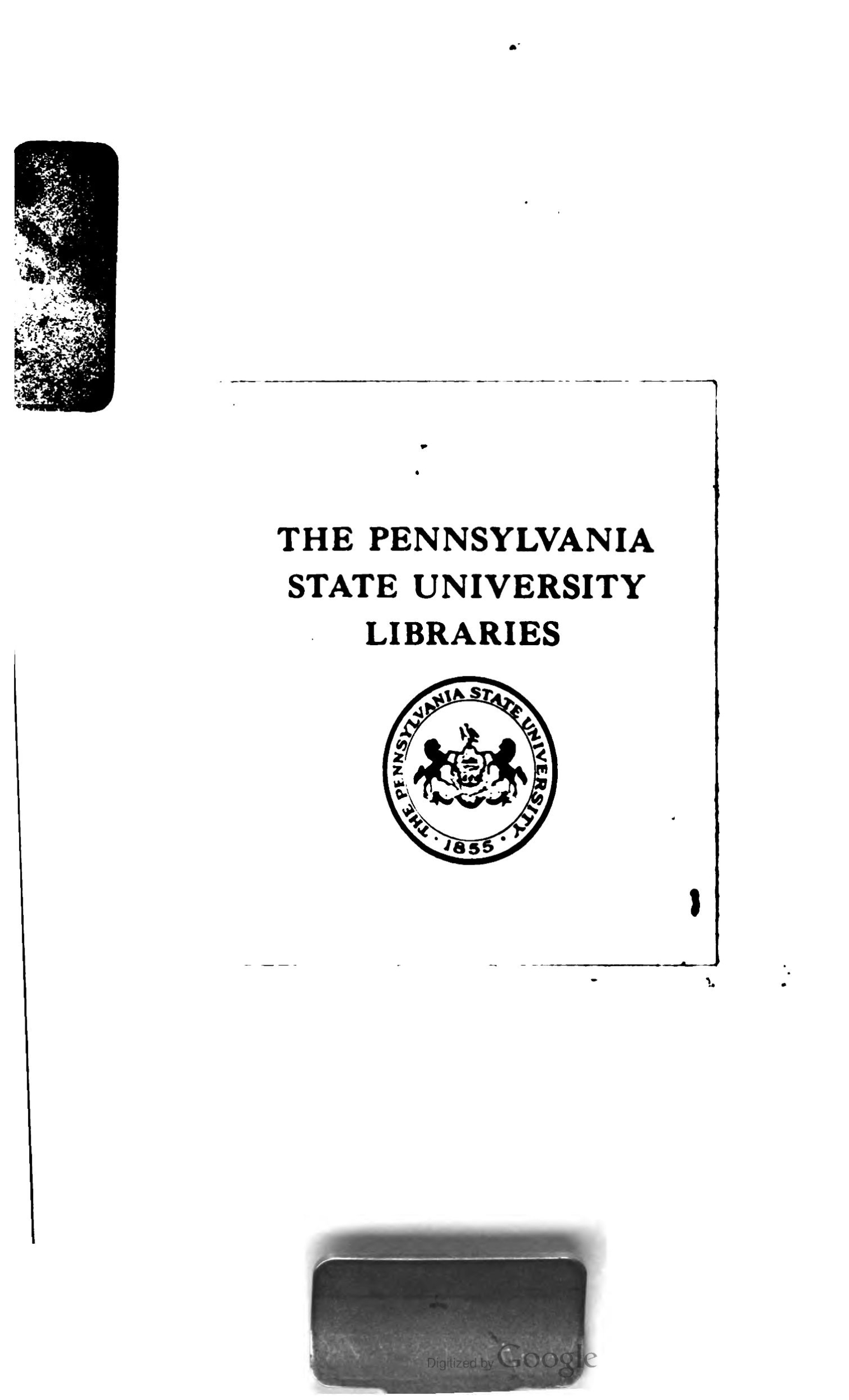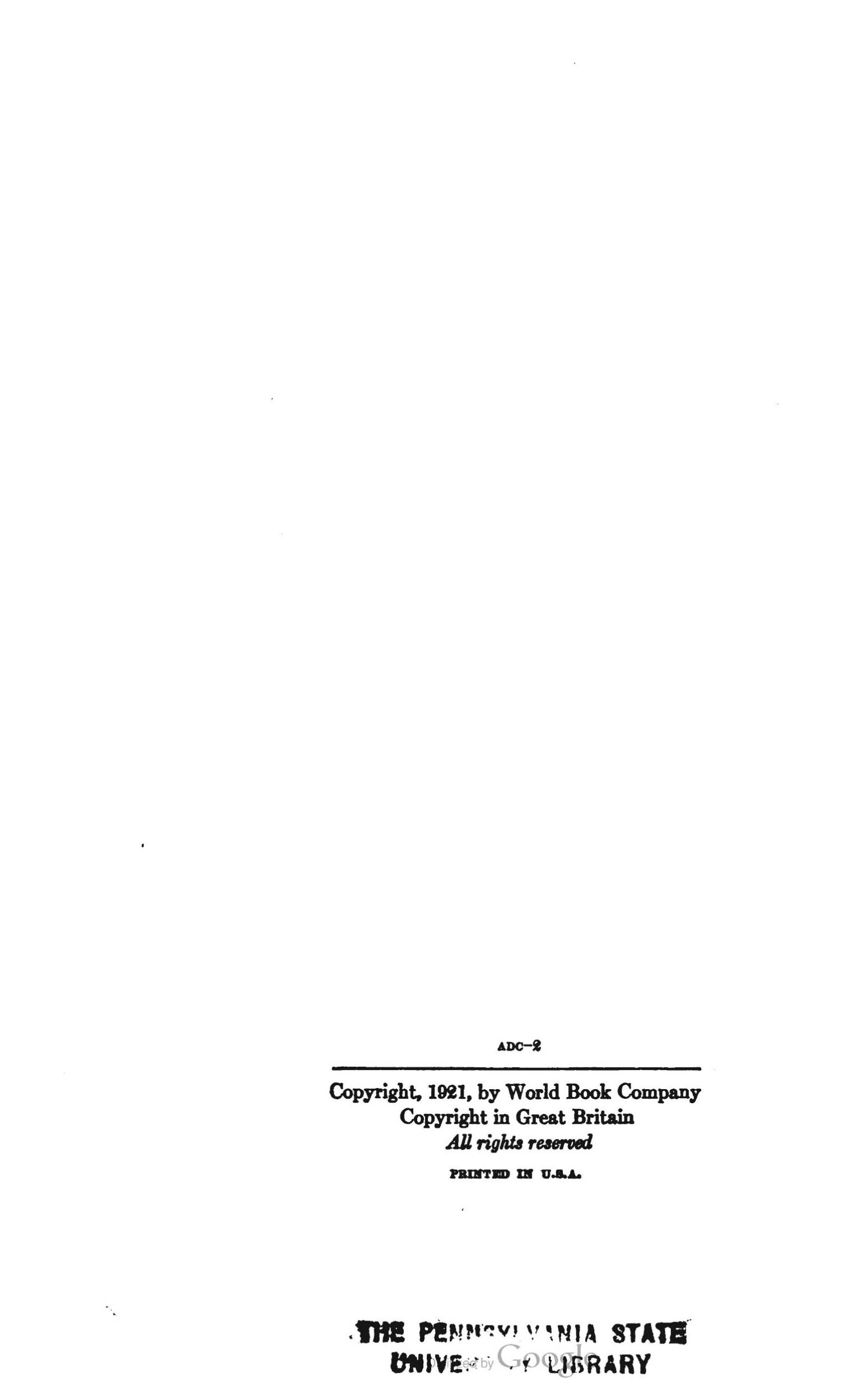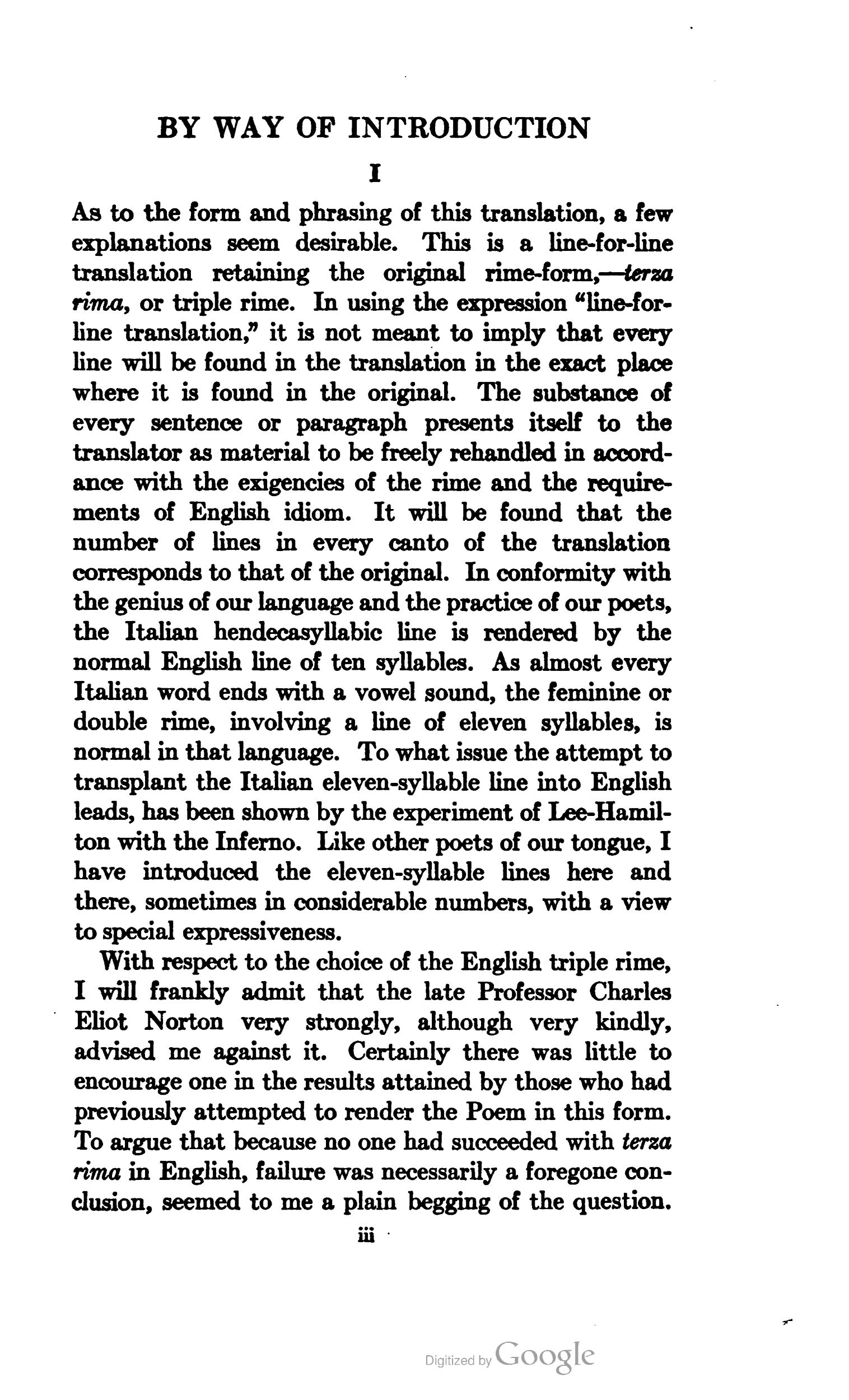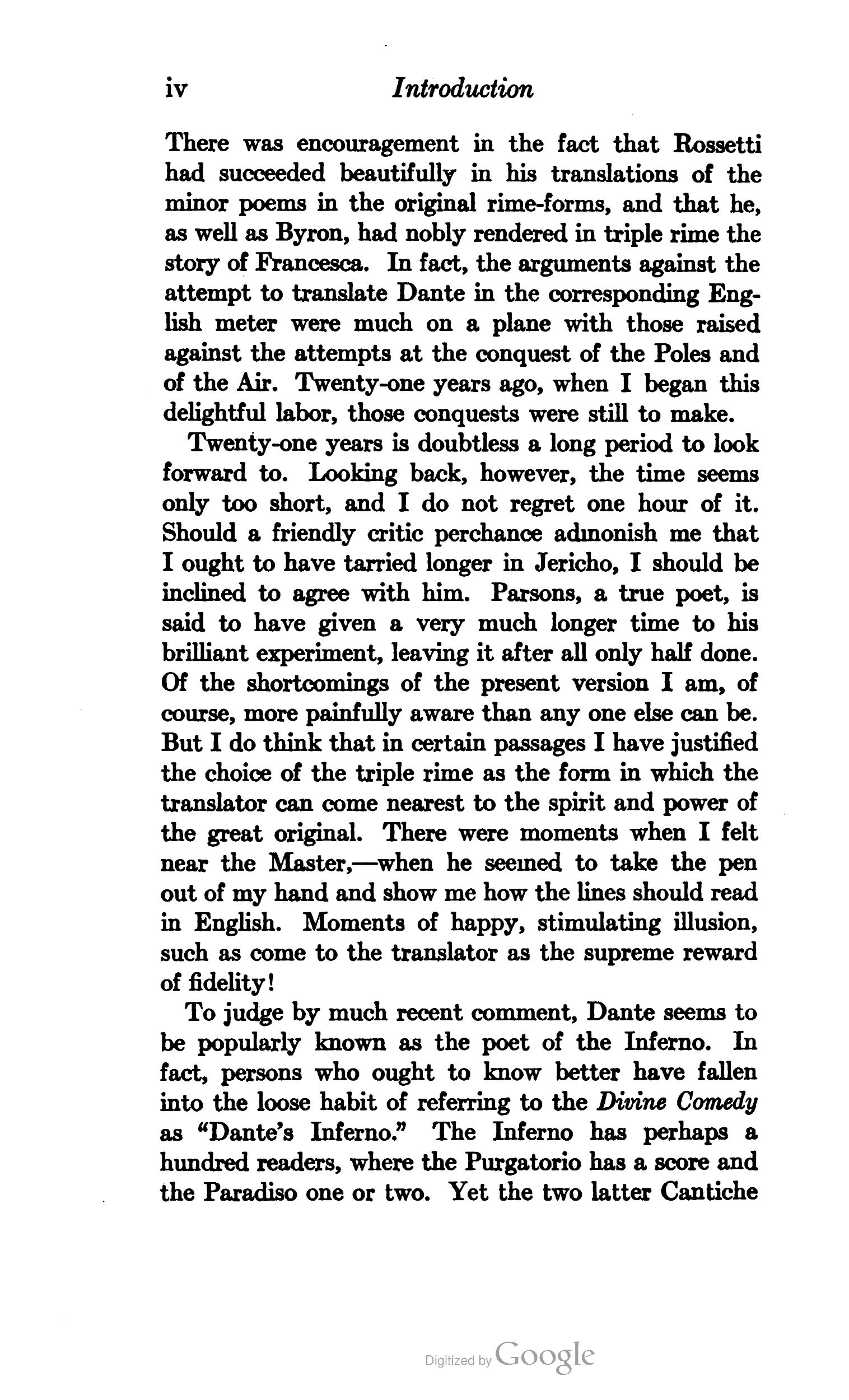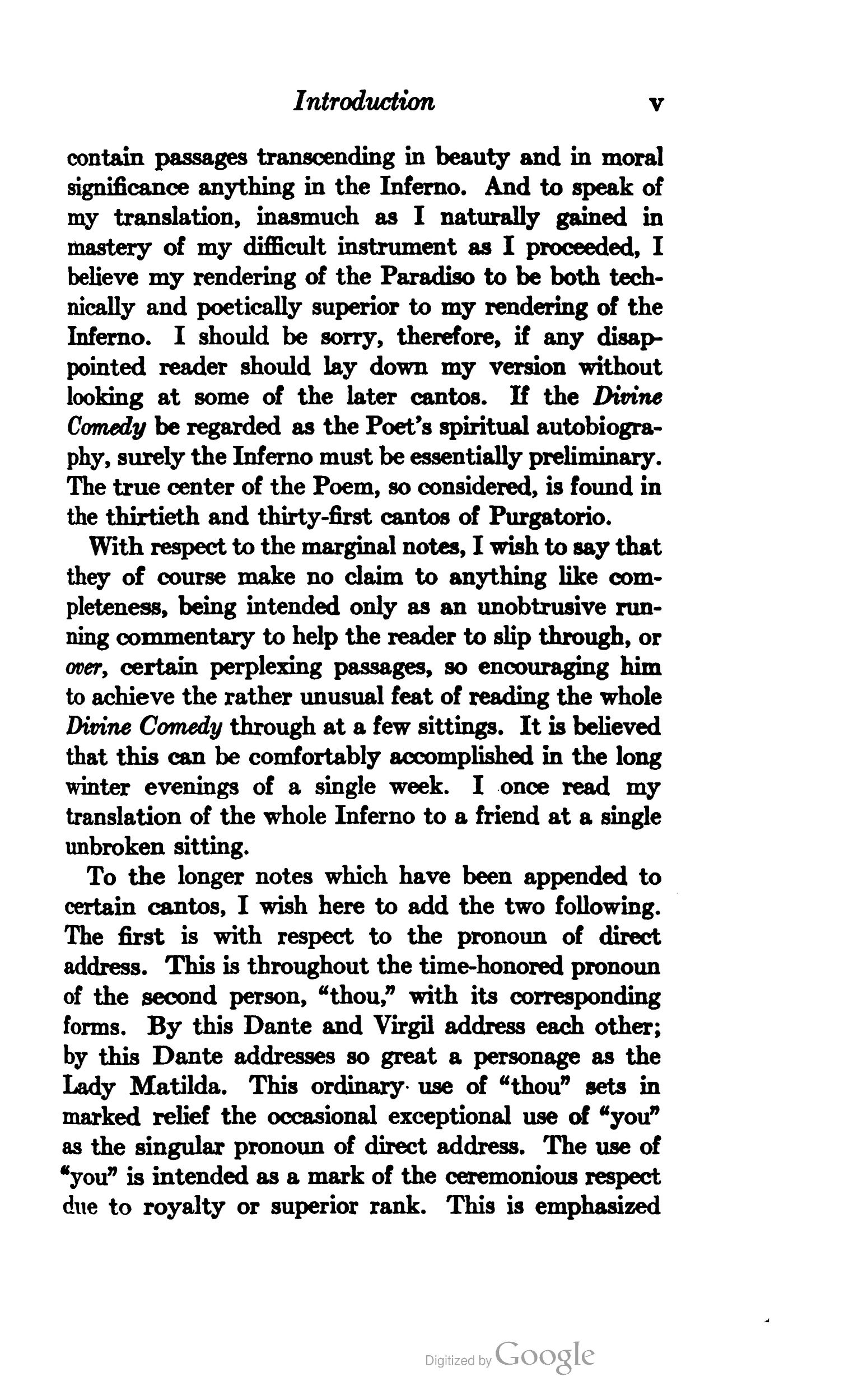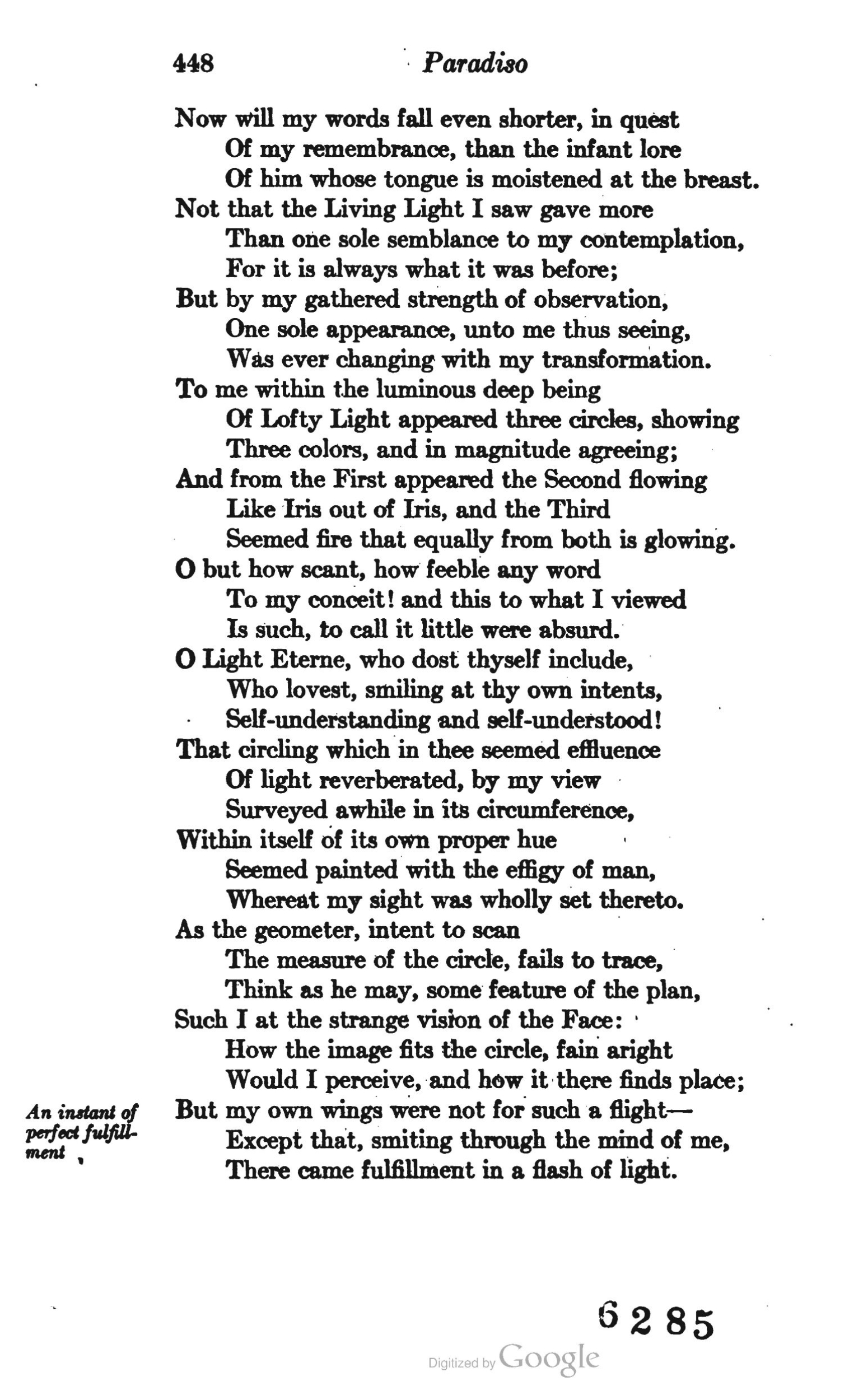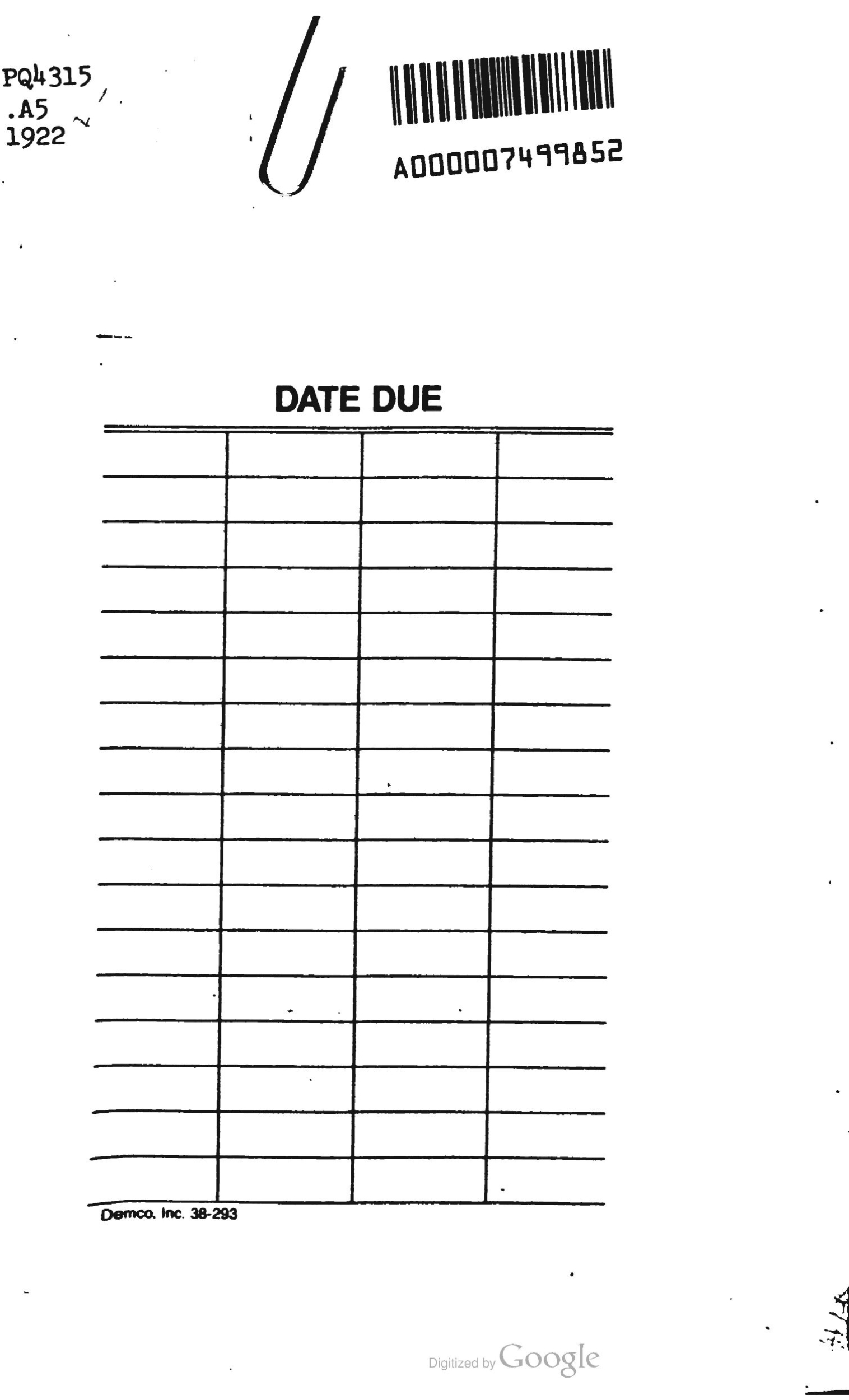About
The Divine Comedy of Dante Alighieri: A line-for-line translation in the rime-form of the original is a 1922 translation of Dante Alighieri's Divine Comedy, published by Melville Best Anderson. This work was originally written by Alighieri in circa 1320 CE and includes three separate sections: Inferno, Purgatorio, and Paradisio. This version has been praised by scholars as being one of the first complete works translated in the English language.
Source: OMNIKA
The translation in terza rima by Melville Best Anderson, American philologist and professor of English literature at Stanford University, was the very first test of a complete translation into English, and in triple rime, of the whole Divine Comedy.
Source: Author or Publisher
expand_more Read more Read less
Access
Read for free
External sources
Primary
Myth
Halfway through his life (age thirty-five), Dantes goes to the underworld to see hell before visting purgatory and then heaven.
Belief system
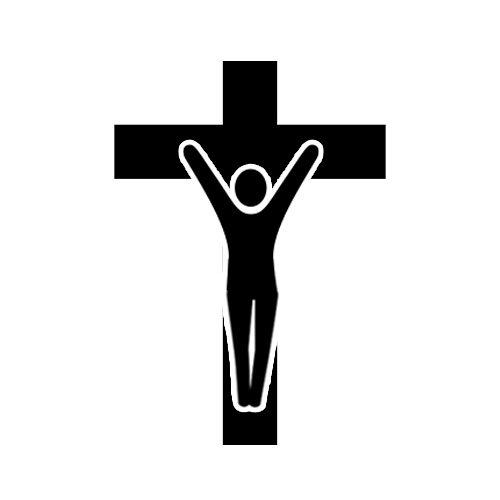
Christianity is one of the world's most widely practiced religions. It is an Abrahamic monotheistic religion based on the life and teachings of the Nazarene figure named Jesus. The important text associated with Christianity is...
Deity

God is the sole deity of the Christian faith, as well as its denominations. This deity is referenced heavily in the Holy Bible and artistically depicted as an older-aged male.
Myths cited
It looks like only the main myth was referenced in this work.
Belief systems cited
It looks like only the main belief system was referenced in this work.
Contributor
Cite this work
ChicagoAlighieri, Dante. The Divine Comedy of Dante Alighieri: A line-for-line translation in the rime-form of the original. Translated by Melville B. Anderson. Yonkers-on-Hudson, NY: World Book Company, 1922.

